Visiting the Beauval Zoo? Discover the most iconic animals in this park!
The Beauval Zoo welcomes no less than 350,000 animals from all over the world. They are spread over twenty spaces according to their natural place of life. So to discover these sometimes terrifying, majestic or adorable species, just come to the park. And to help you prepare your visit, we designed a list of iconic animals to see at the Beauval Zoo.
Also:
Visit Beauval Zoo: tickets, prices, schedules
The 13 essential things to do around the Beauval Zoo
1. Alligator
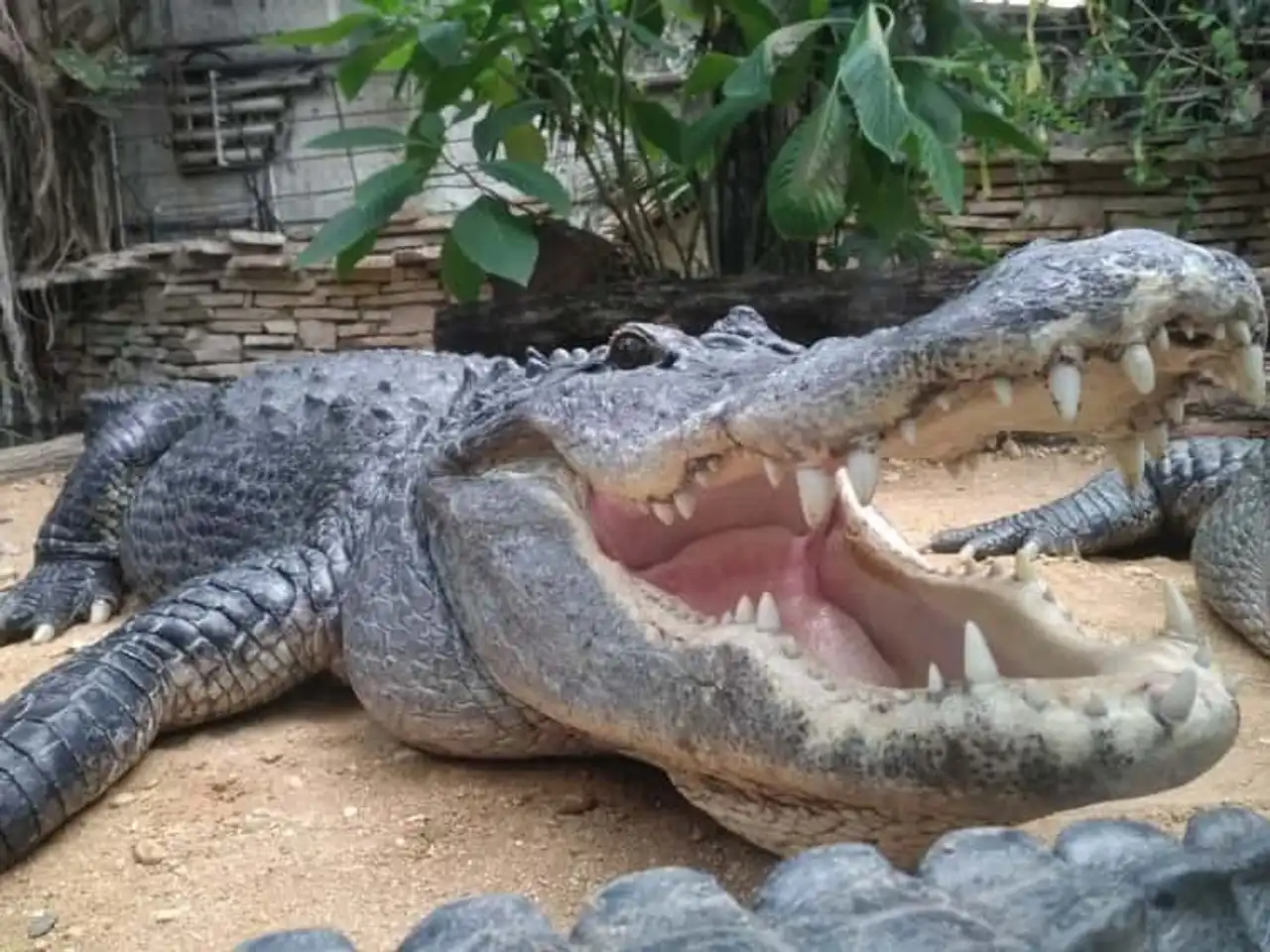
Photo credit: Facebook – Zoo de Beauval
The Zoo de Beauval welcomes the Mississippi Alligator. This aquatic colossus, which can reach 4.5 meters in length, scares as much as it fascinates.
With its flat muzzle and broad dentition, this reptile is powerful enough to attack a large boar or even a deer. But reassure yourself, within the park, it is perfectly harmless and is in the equatorial dome.
2. Chimpanzee
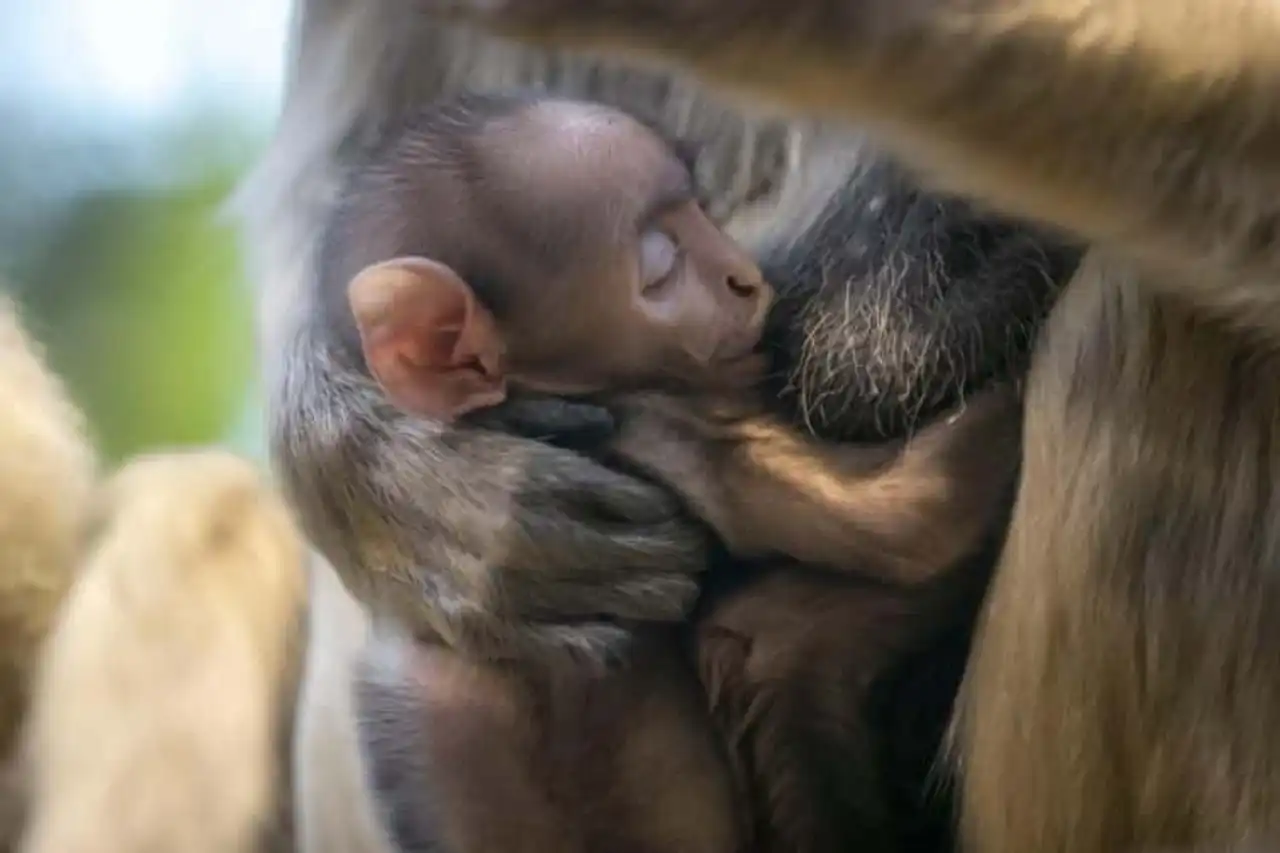
Photo credit: Facebook – Zoo de Beauval
It's impossible not to fall under the charm of the chimpanzee. Smart Primate par excellence, they will let you discover all their tours during your visit to the park.
As chimpanzee is a species in danger, it is one of the animals that the Beauval Zoo supports through a program aimed at the conservation of species. Do not hesitate to bring your participation to protect chimpanzees from all over the world.
3. Otarie de Californie
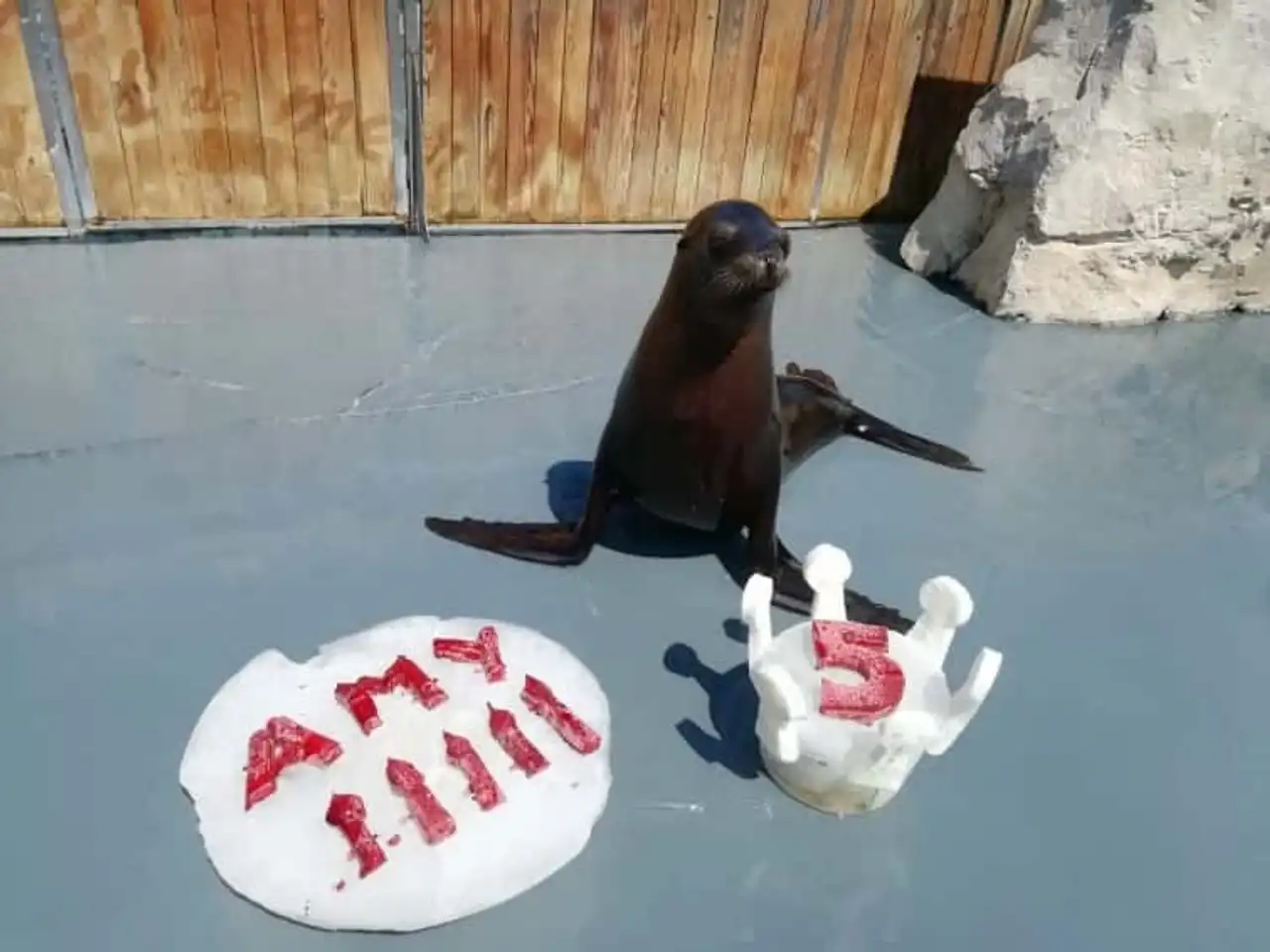
Photo credit: Facebook – Zoo de Beauval
With a speed of more than 40 km/h, the range is a very good swimmer. In addition, it is able to dive from a height equivalent to that of the Eiffel Tower. These voltige prowess make it one of the most popular animals in all zoos around the world.
Beauval Park does not escape the rule, and provides the California Lions with one of the largest basins in Europe. They can thus develop and make acrobatics in peace.
4. Tiger of Sumatra
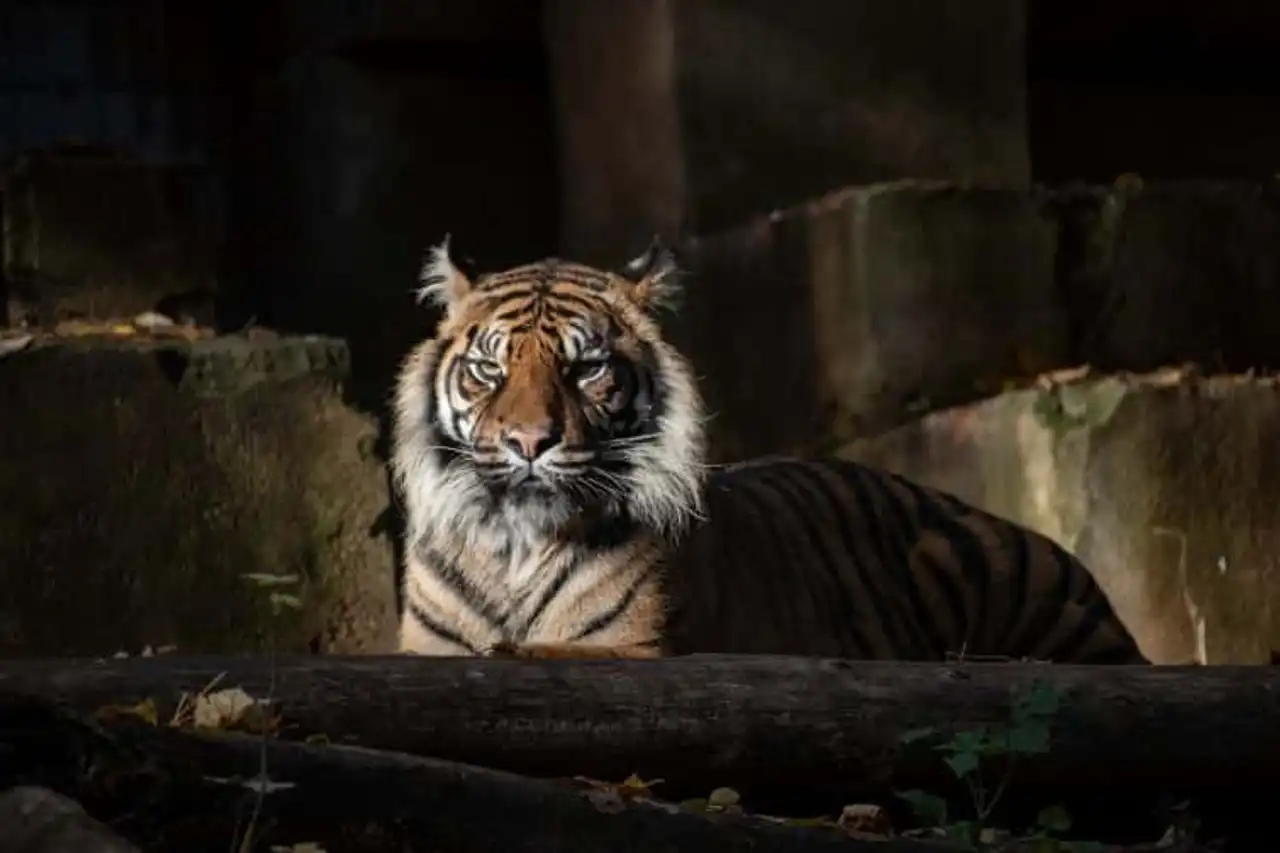
Photo credit: Facebook – Zoo de Beauval
Impressive by its size, the tiger of Sumatra is nevertheless the smallest tiger. It is one of the big advantages that allows it to move freely in the jungle.
So in the Beauval Zoo, will you find them? They're two. Jambi is the tiger who likes to hide. While Asu, the male, regularly meets visitors.
5. Panda
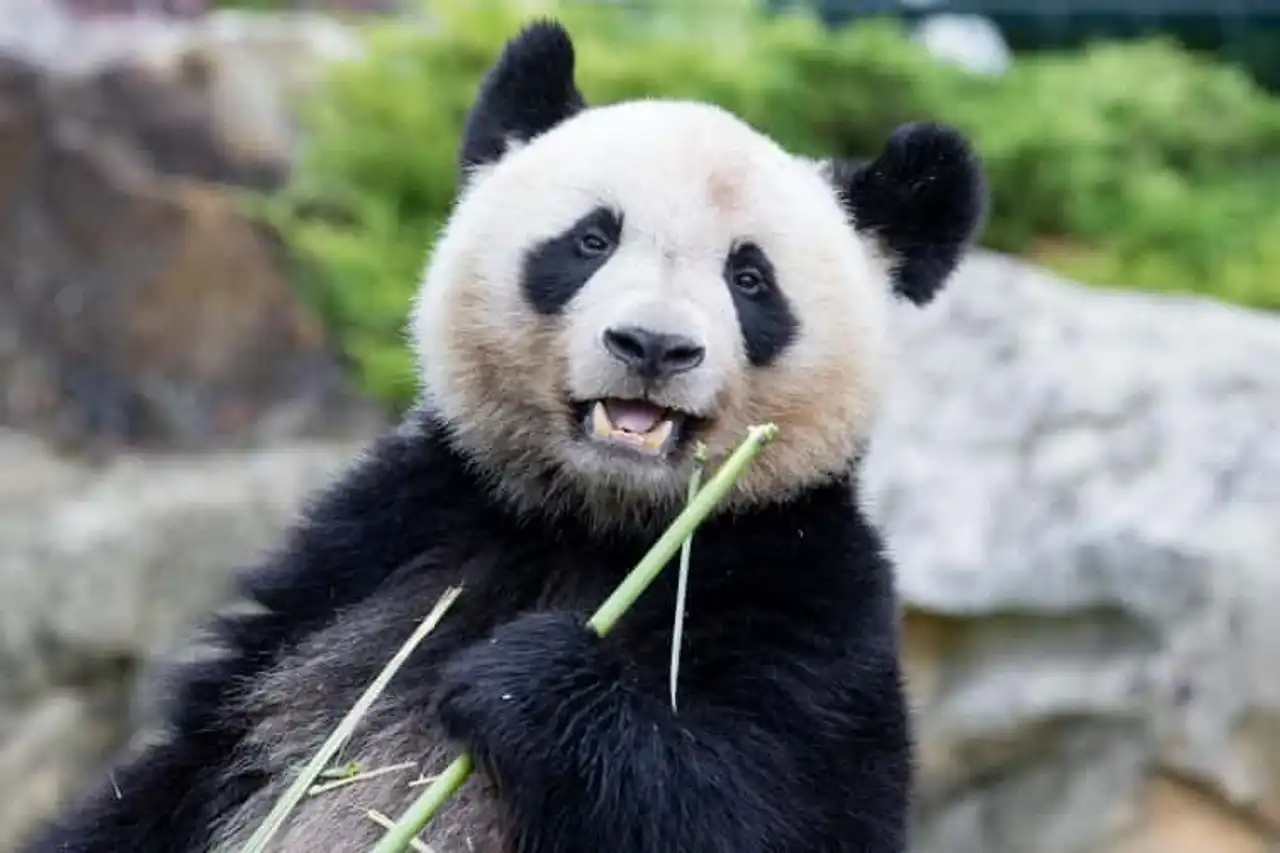
Photo credit: Facebook – Zoo de Beauval
Since 2012, the giant panda has been among the animals of Beauval Zoo. This carnivorous mammal is almost vegetarian since it mainly feeds on bamboo. And the least we can say is that he loves this plant, since he spends almost 14 hours eating it.
The rest of the time, he's asleep. So during your visit, don't be surprised if you see him eating or sleeping; these are the main activities of the panda.
6. Komodo Dragon
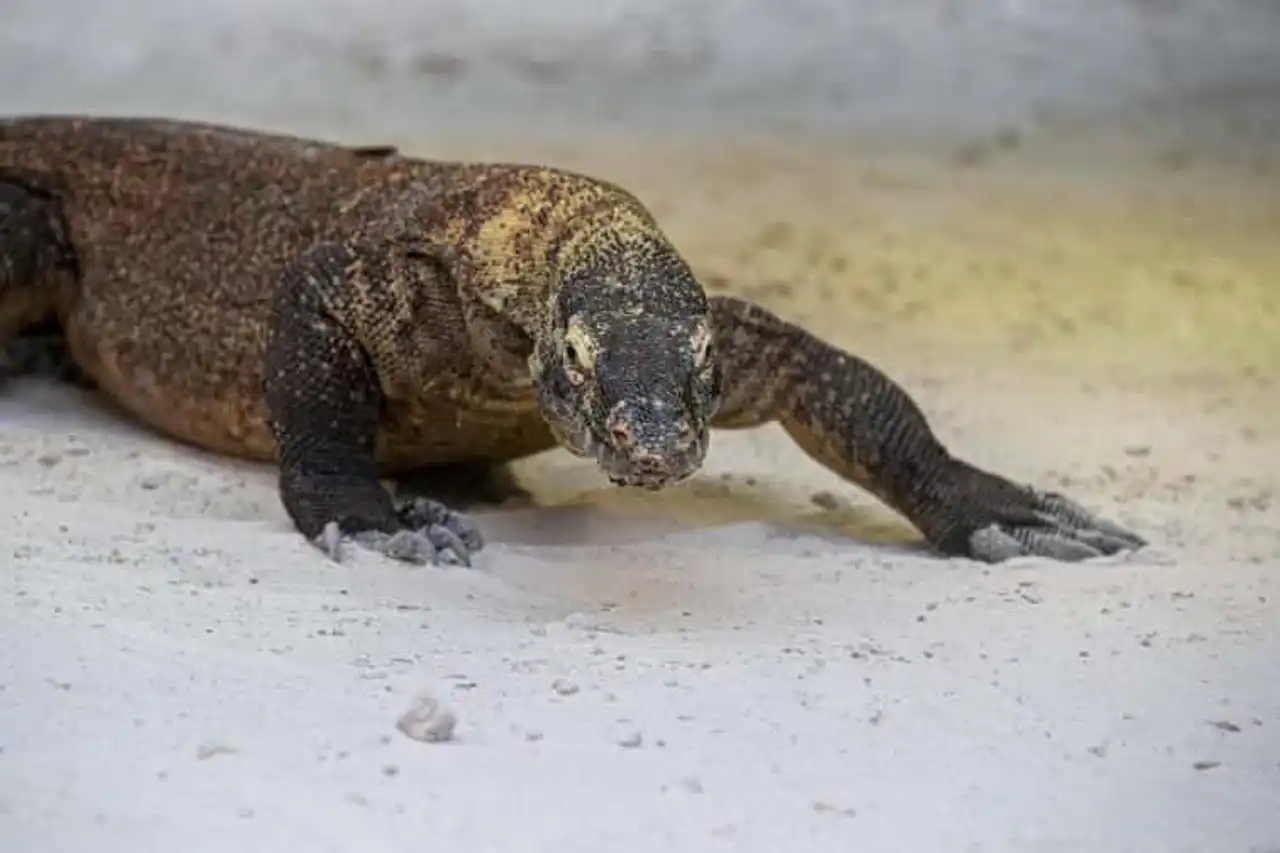
Photo credit: Facebook – Zoo de Beauval
A reptile lover, you will be delighted to discover the Komodo dragon at the Zoo de Beauval. With more than three meters in length and more than 150 kilos, it is the world’s largest lezard.
In appearance very quiet, the varan is actually a ferocious beast. Also known as Komodo monster, it can eat pigs, deer or monkeys.
7. African savannah elephant
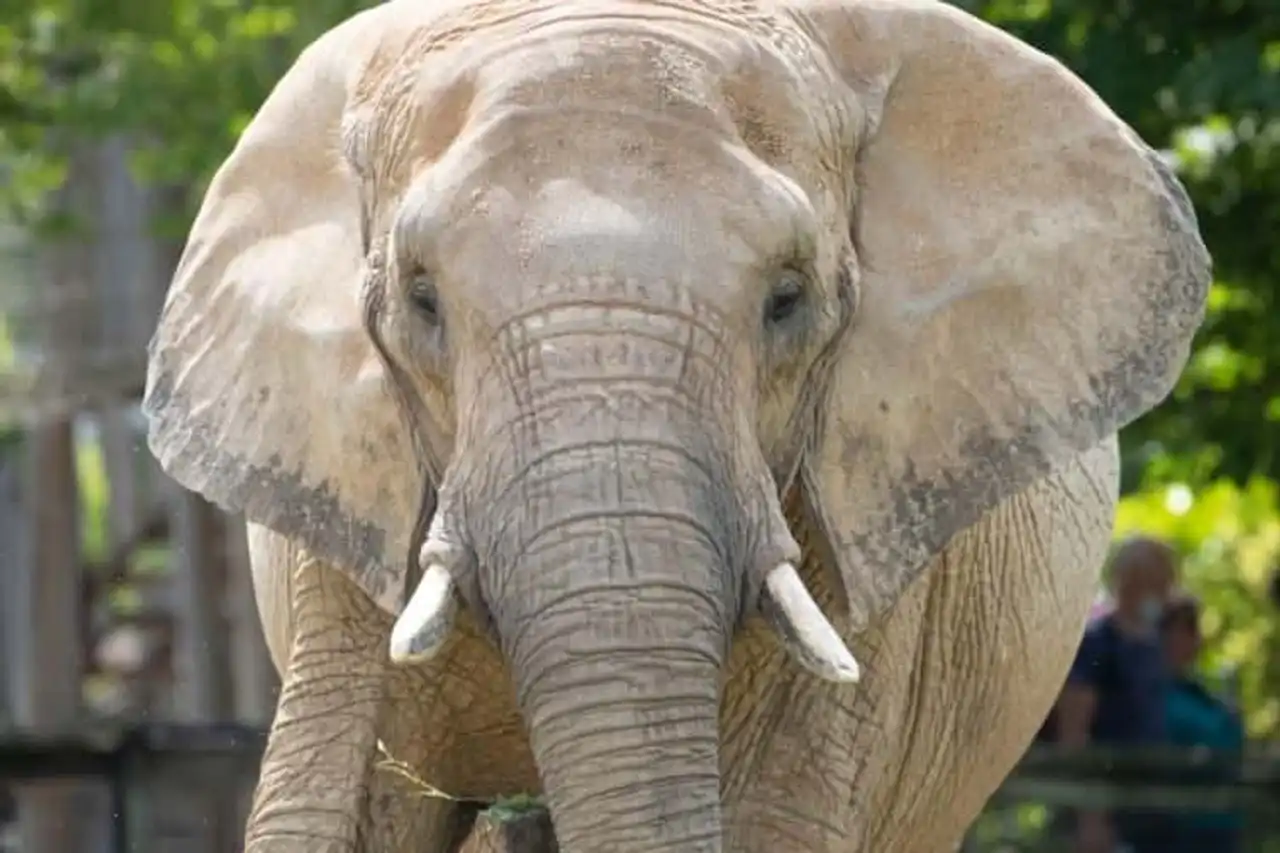
Photo credit: Facebook – Zoo de Beauval
Among the animals of the Beauval Zoo, there is obviously the African elephant. Can weigh up to seven tons, it is undoubtedly the largest terrestrial mammal of the planet. With several hectares at their disposal, the elephants of the park have the largest plain dedicated to France.
8. Girafe
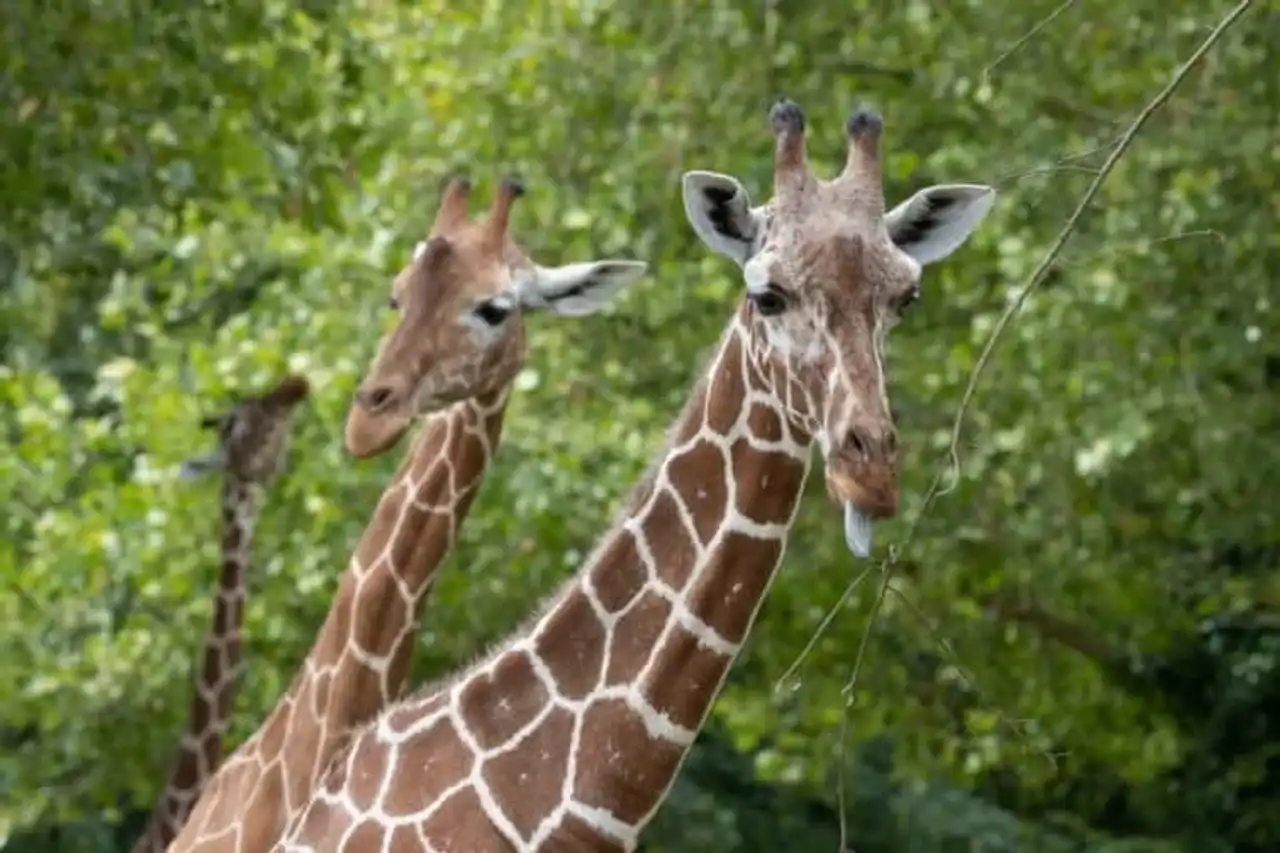
Photo credit: Facebook – Zoo de Beauval
Less large, but larger, the reticulated giraffe is also at the Beauval Zoo. This iconic animal still lives in a group to protect itself from its predators. In fact, the zoo welcomes eight giraffes, including a young giraffe who saw the day in 2019.
9. Gorilla
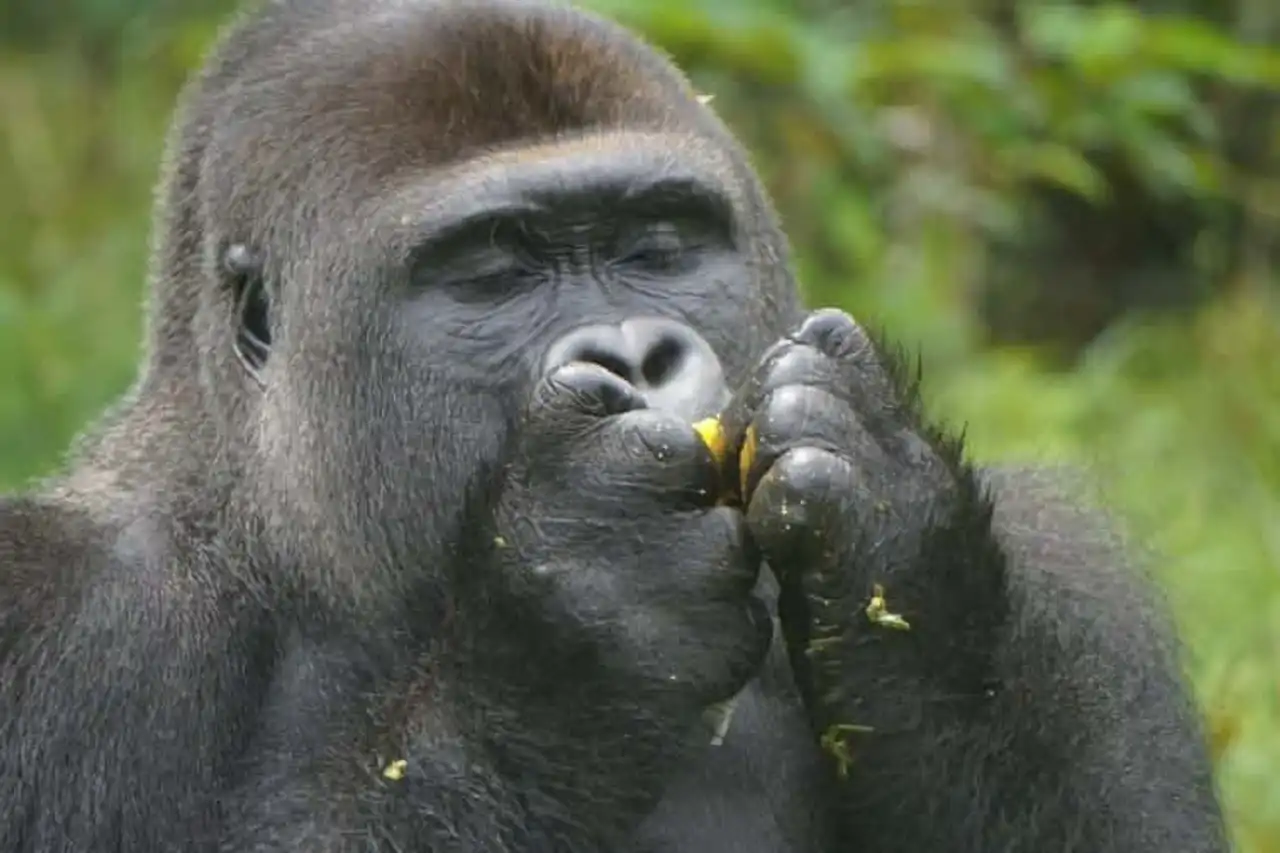
Photo credit: Facebook – Zoo de Beauval
Species in critical danger, the gorillas of the western plains suffer many poaching and traffic. To avoid their disappearance, the Beauval Zoo supports the Aspinal Foundation, which aims to reintroduction of these gorillas in the forest, thanks to a follow-up by specialists. With the various members present, the park also participates in the preservation of these majestic animals.
10. Guépard
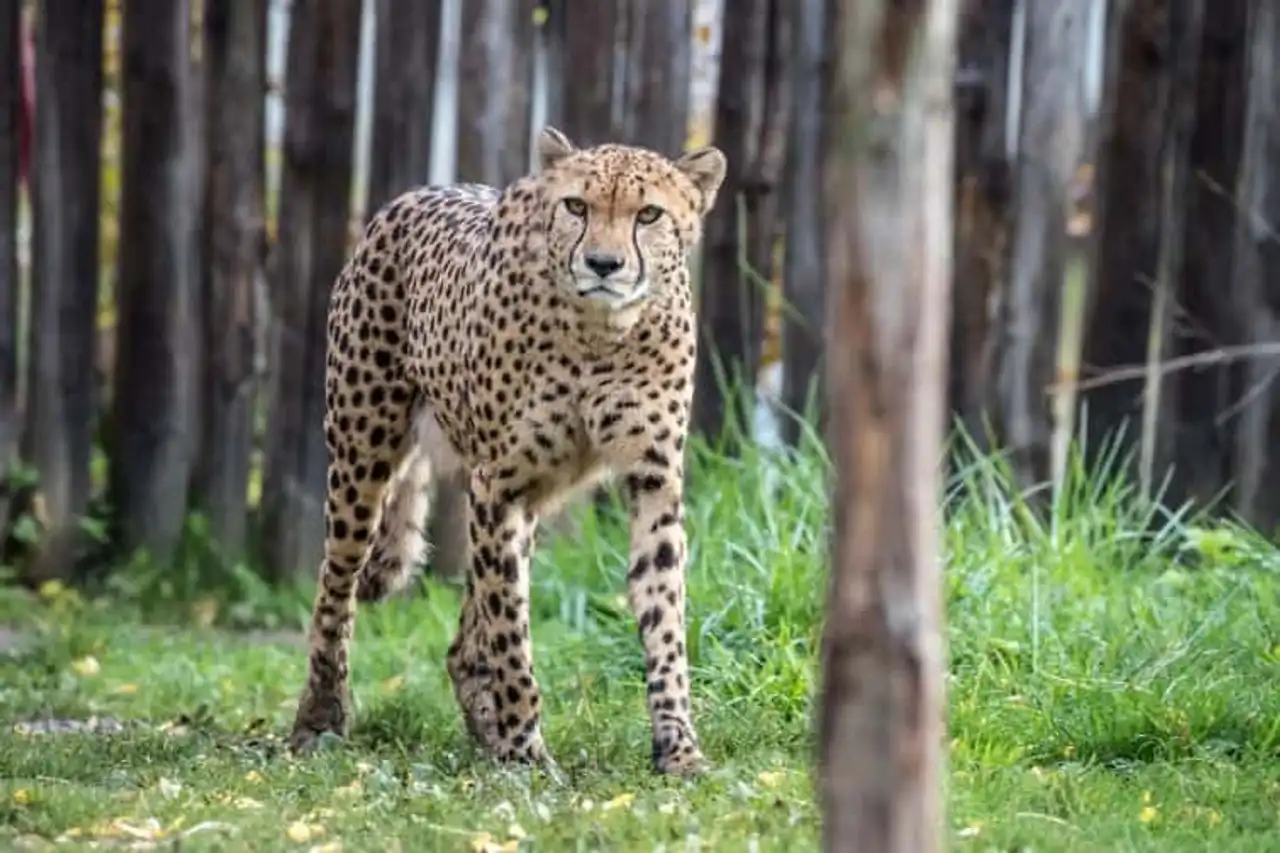
Photo credit: Facebook – Zoo de Beauval
The fastest animal in the earth awaits you at the Zoo de Beauval. Known for its athletic skills, the cheetah can reach a speed of 110 km/h. He will impress you with his slender body and long legs. And if the cheetah is a great athlete, there is no less a feline. His favorite activity is the nap.
11. Hippopotame
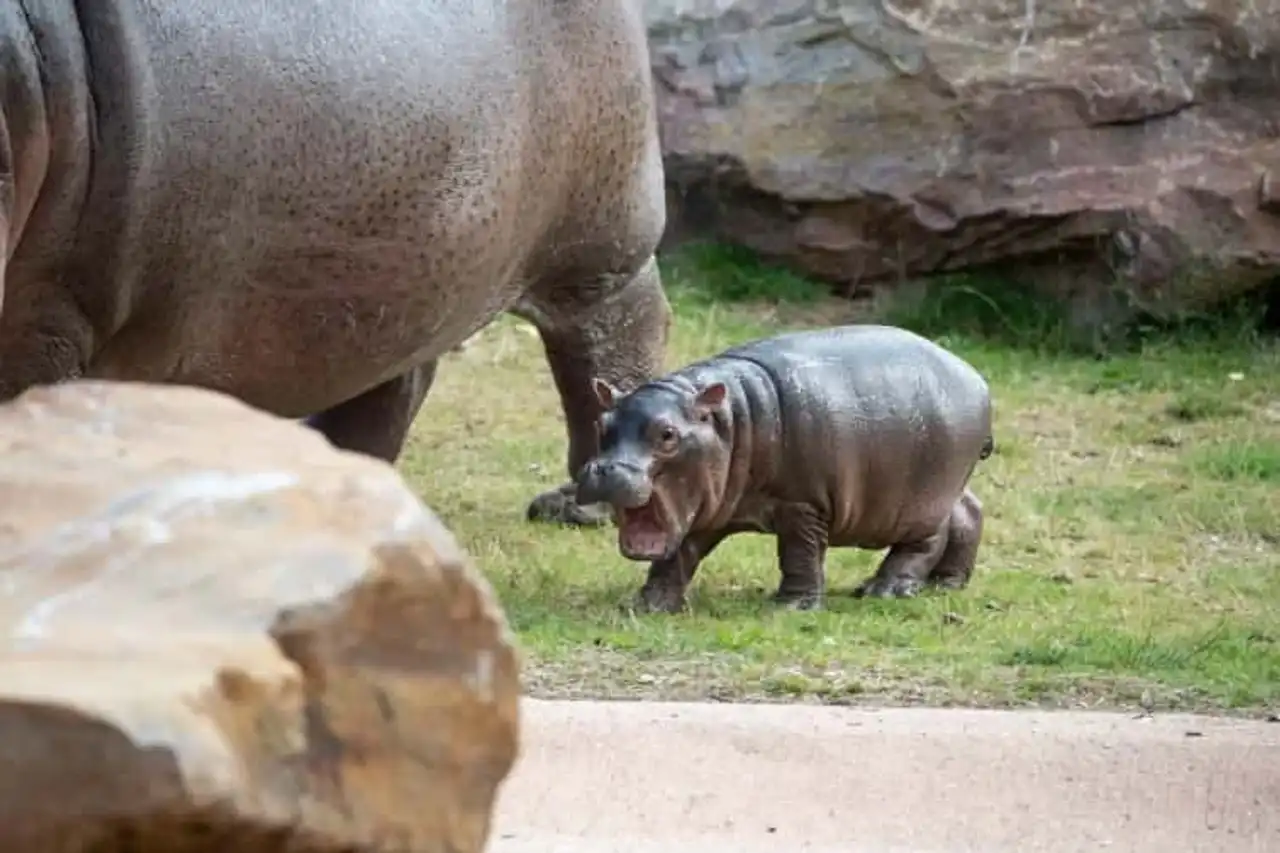
Photo credit: Facebook – Zoo de Beauval
The amphibian hippopotame is a giant mammal that lives in part under water and on earth. It is mainly used in rivers, lakes or rivers where all natural elements are gathered. The Zoo de Beauval welcomes three of these animals, the last of which appeared in 2016.
12. Koala
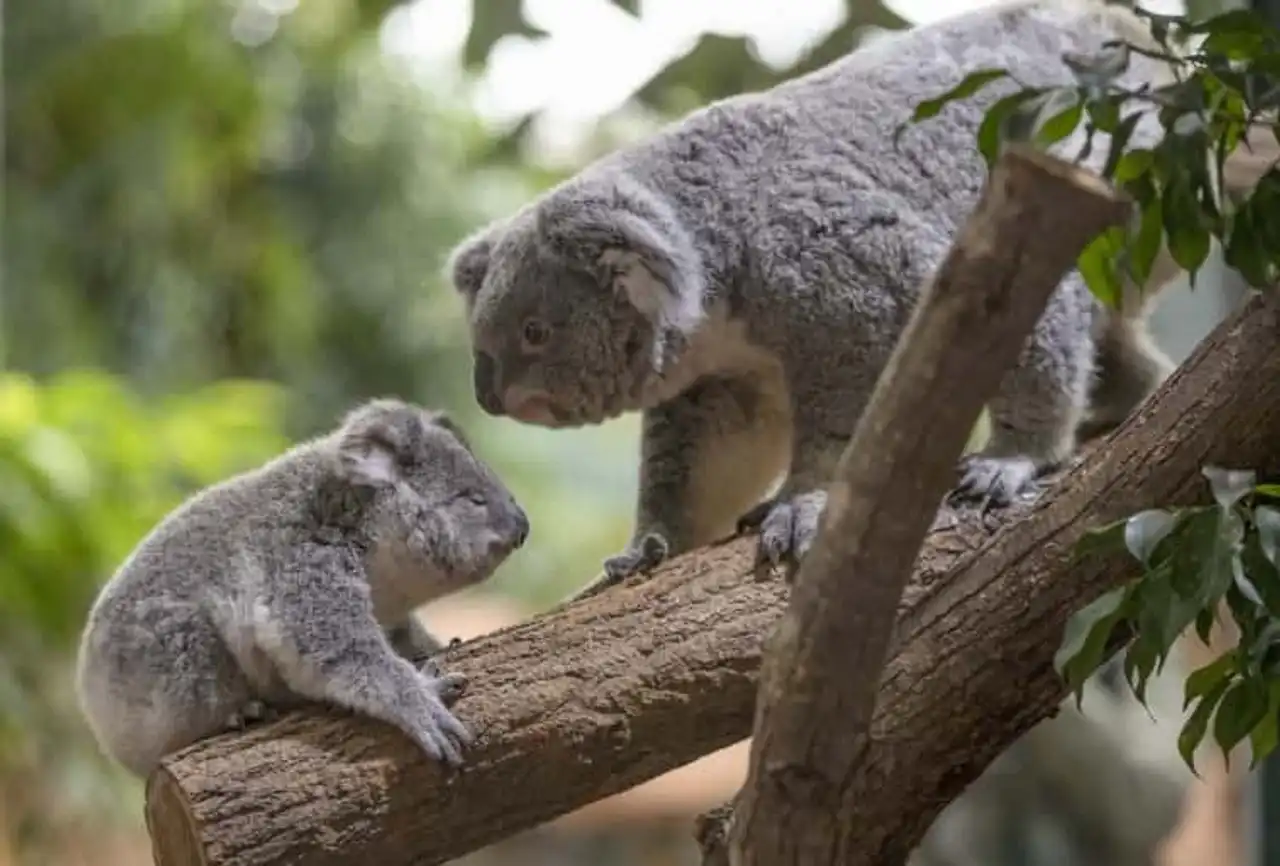
Photo credit: Facebook – Zoo de Beauval
Always on its Eucalyptus tree, Koala is of absolute calm. But be careful, if you visit the park during the love season, it will probably be a little more active to seduce his female. So it’s up to you to choose when you want to see these animals at the Beauval Zoo.
13. South lion
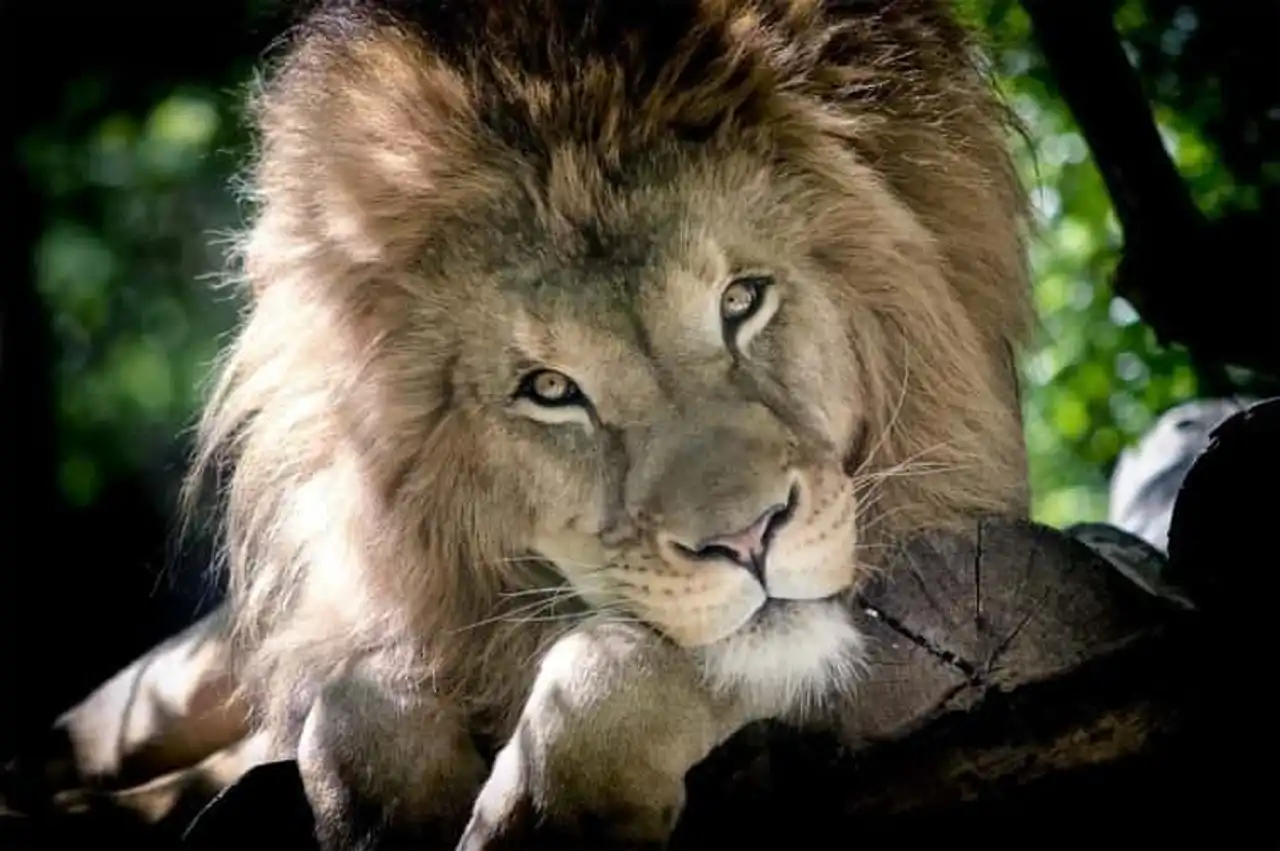
Photo credit: Facebook – Zoo de Beauval
Among the animals of the Beauval Zoo, there is obviously the king of the jungle. And you'll probably see it, sleeping. In the park it is Krüger who reigns in master with his lion and the lion.
14. Arctic Wolf
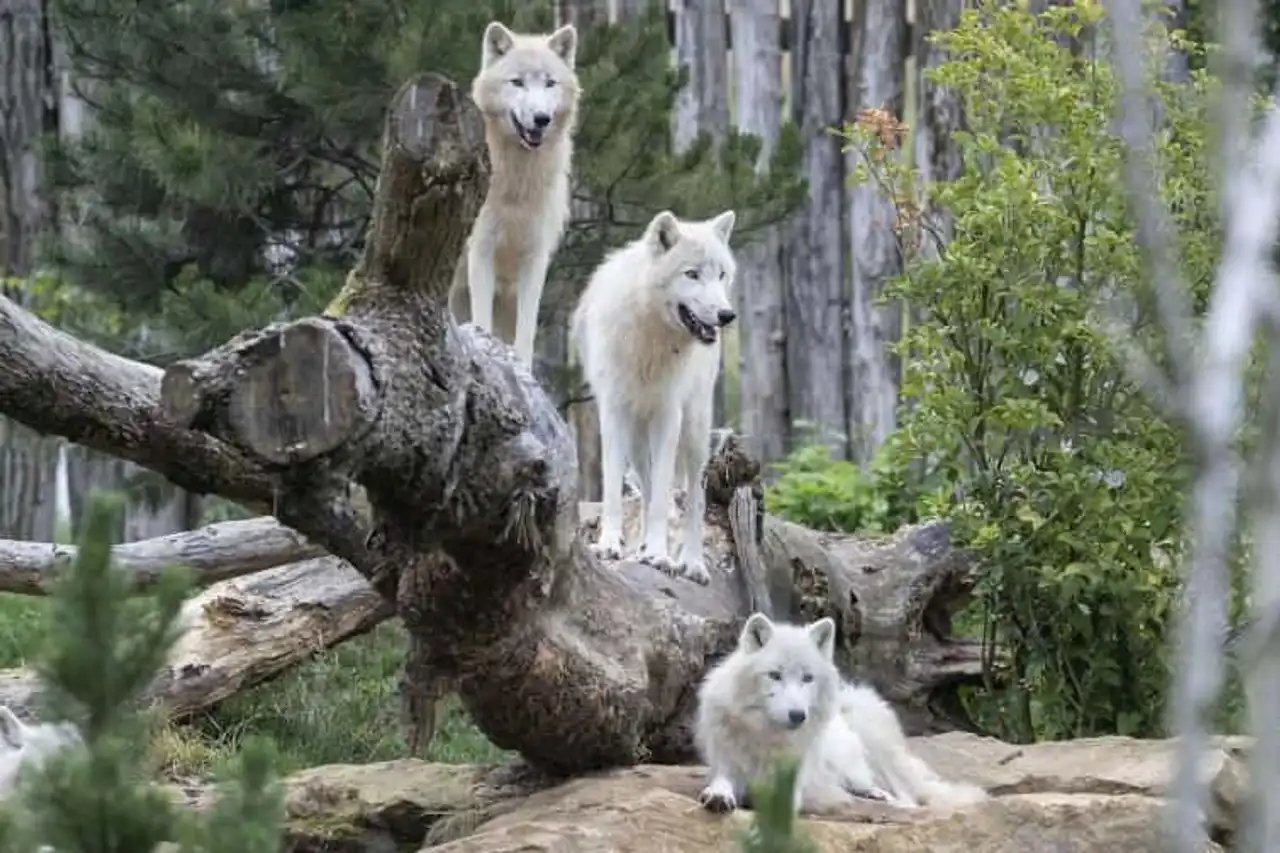
Photo credit: Facebook – Zoo de Beauval
Like all wolves, the Arctic live with its pack. With up to thirty members, the families of wolves do not separate. To avoid the rule, the Beauval Zoo has eight wolves, the last three of which were born in April 2020. From the name of Torok, Kiana and Kenai, louveteaux wear perfectly well, for the greatest pleasure of their parents, and visitors.
15. Manchot of Humboldt
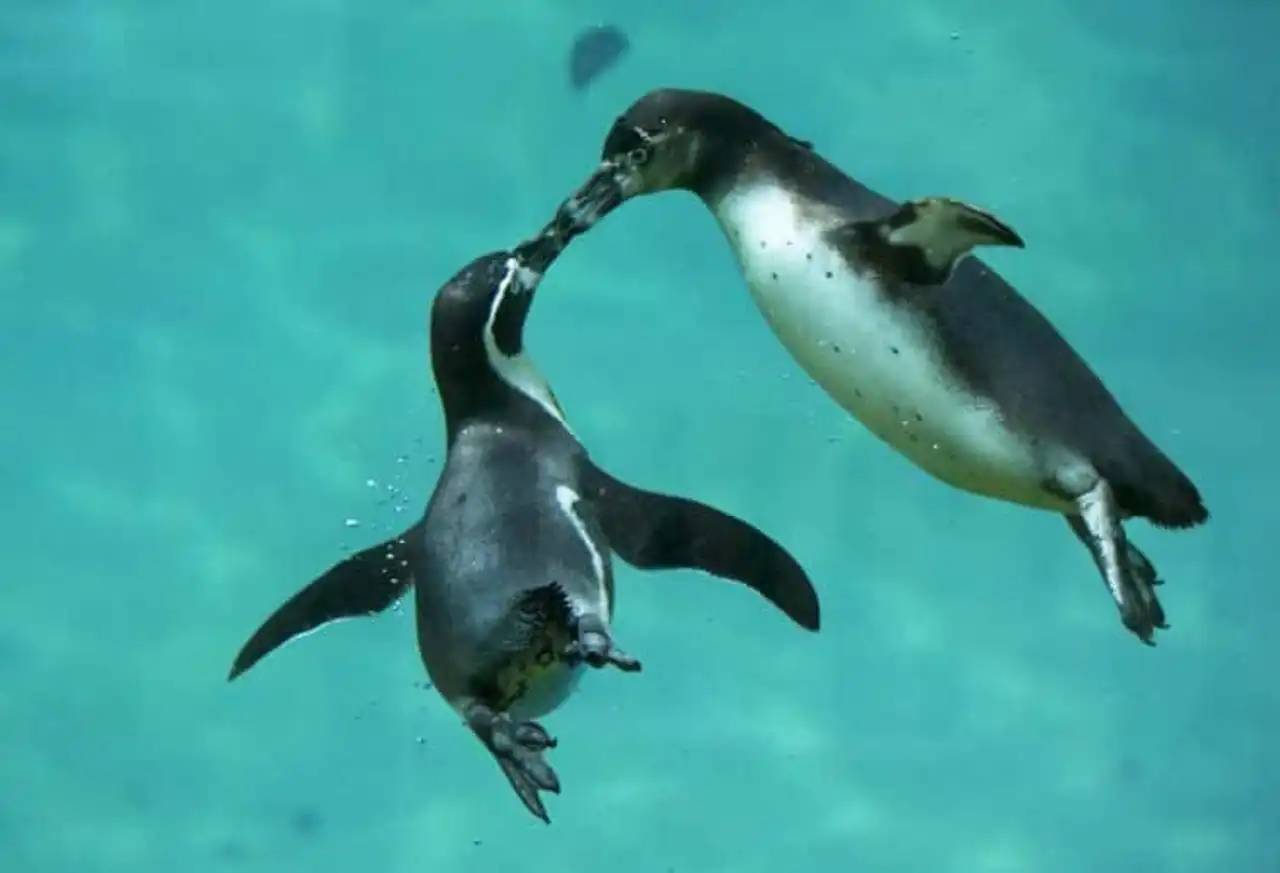
Photo credit: Facebook – Zoo de Beauval
Living on the coast of Chile and Peru , Humboldt's manchot is an animal that lives both on the earth and in the sea. For proof, he can stay in apnea for more than ten minutes. This species spends its time in the sea hunting fish and goes back to the farmland to rest.
Also, once a year, this amazing animal renews its plumage. During this period, its skin is more fragile due to the loss of its insulating properties. He does not return to the water during the mue.







Loading comments ...